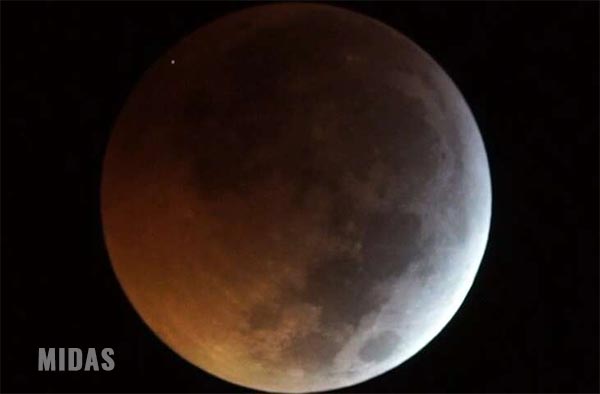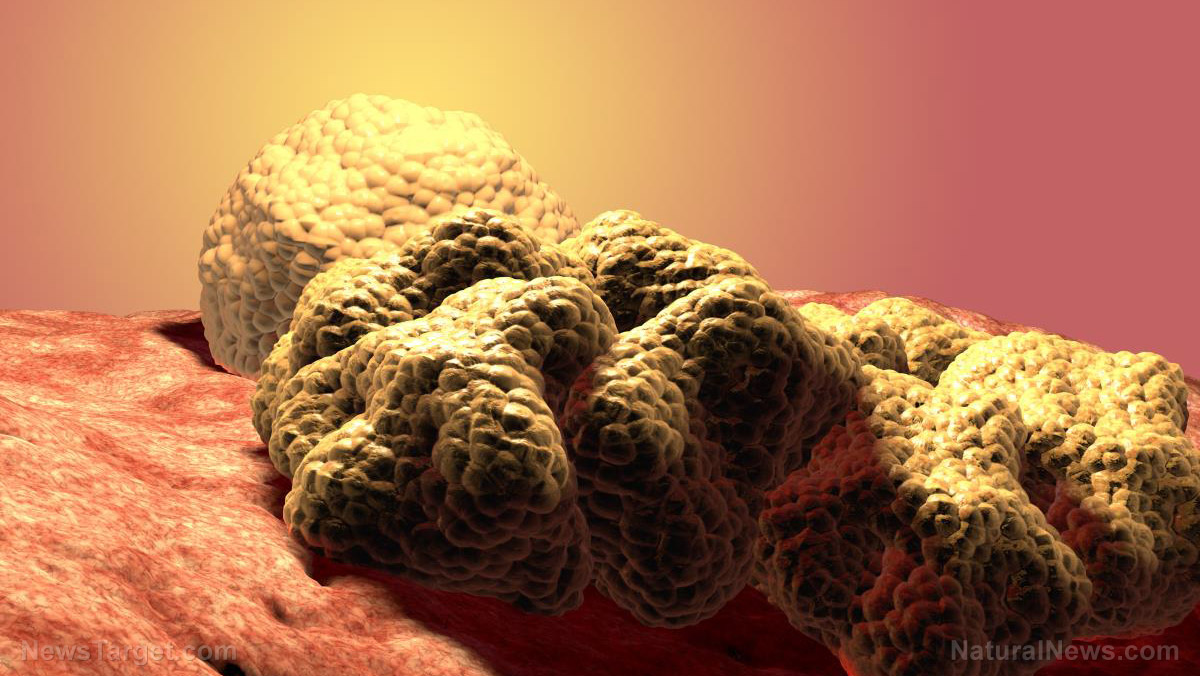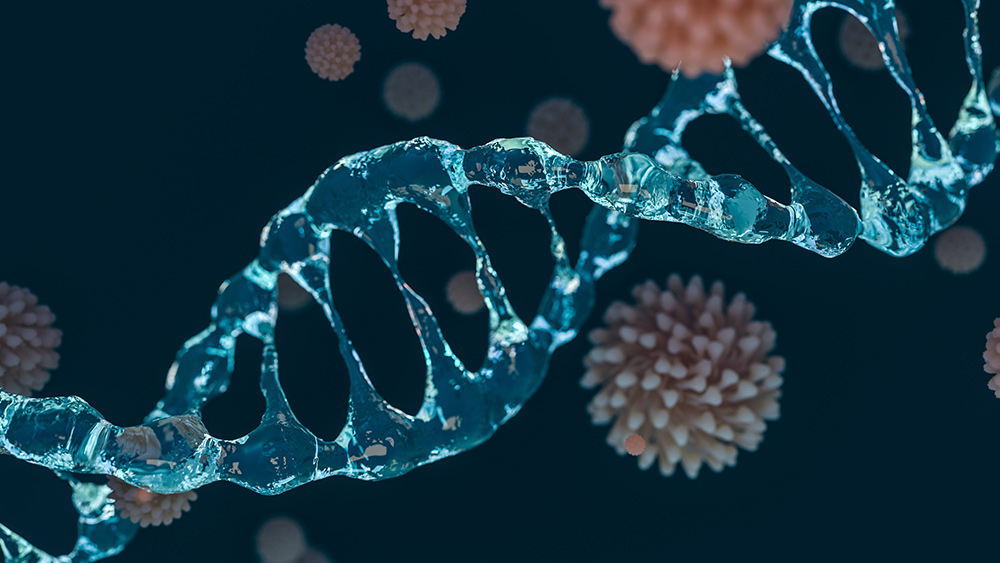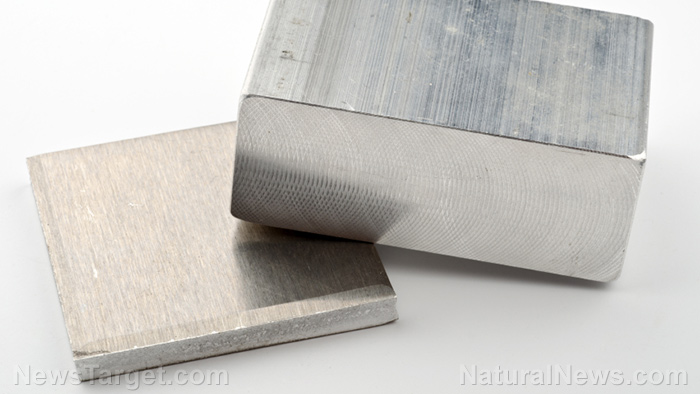Scientist claims NASA discovered ALIEN LIFE on Mars 50 years ago, but the agency may have accidentally KILLED it
09/05/2023 / By Zoey Sky

Dirk Schulze-Makuch, a scientist from the Technical University Berlin, believes the National Aeronautics and Space Administration (NASA) may have found proof of alien life on Mars when it first sent its two Viking landers on the Red Planet in the 1970s. However, the agency may have accidentally drowned and killed it.
Schulze-Makuch said NASA conducted an experiment that involved adding water to the soil, which drowned any life hidden in the Martian landscape.
The Viking Labeled Release experiment first returned positive for metabolism, but a related investigation found no trace of organic material.
According to Schulze-Makuch, the water containing a nutrient solution in the soil may have contained too much liquid and that “[any life] died off” eventually.
Skeptics may dismiss his claims as bizarre, but what Schulze-Makuch described is true for microbes living inside salt rocks in the Atacama Desert in Chile, which has a similar landscape to Mars. These microbes do not need rain to survive, and exposure to too much water would kill them. (Related: Radio signals from mobile phone towers could lead ALIENS to Earth.)
The two landers involved in NASA’s Viking mission safely landed on Mars on July 20, 1976 (Viking 1) and September 3, 1976 (Viking 2). Both were equipped with meteorology instruments, a gas chromatograph/mass spectrometer, an X-ray fluorescence spectrometer, a seismometer and stereo color cameras. These instruments allowed NASA to look for possible signs of life and study the soil as well as the physical and magnetic properties of Mars’ atmosphere.
Schulze-Makuch said the results were “puzzling” because one of the tests came back positive while the other was negative for gas exchange. The test also identified small amounts of chlorinated organics.
In the test that was positive for life, researchers added water to the soil to find out if products of respiration and metabolism would form. According to the theory, if life exists on Mars, microorganisms would consume the nutrients and release the radioactive carbon as a gas.
Searching for Martian life
In a 2007 study, Schulze-Makuch and co-author Joop M. Houtkooper suggested that Martian life could have hydrogen peroxide in their cells. They theorized that the adaptation “would have the particular advantages in the Martian environment of providing a low freezing point, a source of oxygen and hygroscopicity.”
According to Schulze-Makuch, if “indigenous Martian life might have adapted to its environment by incorporating hydrogen peroxide into its cells, this could explain the Viking results.”
In other words, if the Martian cells contained hydrogen peroxide, the addition of water to their environment would have killed them. Additionally, it would have caused hydrogen peroxide to react with any organic molecules nearby to form large amounts of carbon dioxide, which is what the instrument detected.
Another life detection test called pyrolytic release was conducted to test for organic synthesis. This test mixed carbon monoxide and carbon dioxide from Earth to check if the carbon would be incorporated into the soil. The results also came back positive.
The Viking landers detected chlorinated organics, but researchers believe that these untreated crafts may have infected the planet with terrestrial “hitch-hikers.” According to Schulze-Makuch, other missions have also verified the presence of native organic compounds on Mars in chlorinated form.
Alien life on Mars could have adapted to the arid environment by living within salt rocks and absorbing water directly from the atmosphere. However, the Viking experiments, which involved adding water to soil samples, might have overwhelmed the microbes and killed them.
Meanwhile, other scientists have also suggested that NASA already found proof of life on Mars 50 years ago. A study released in 2016 also presented the same theory as Schulze-Makuch.
Researchers from Arizona State University and the National Institutes of Health Bethesda analyzed the 1976 Viking Labeled Release Experiment findings and reported that the evidence collected by the Viking mission is “consistent with a biological explanation.”
The analysis involved subjecting samples of Martian soil from both landers to nutrient injection and preheating. The soil samples were then stored in the dark for about two months.
The results highlighted noteworthy similarities to responses seen in terrestrial soil, including data from samples collected in Alaska, Antarctica and California.
The research explained that all these characteristics are similar to the responses by a “compendium of terrestrial microorganism species, including the initial positive responses, the 160C and 50C heat controls, the reabsorption of evolved gas upon second injection of nutrient, and death from isolated long-term storage.”
The Mars landers continued their missions until their final transmission to Earth on November 11, 1982 (Viking 1) and April 11, 1980 (Viking 2). Both are still on the Red Planet to this day.
Find more stories like this at Space.news.
Watch the video below for footage from Martian rovers.
This video is from the jonastheprophet channel on Brighteon.com.
More related stories:
European Space Agency launches probe to search for alien life on Jupiter’s icy moons.
Latest study that uses AI discovers 8 probable alien “technosignatures” near distant stars.
NASA’s next lunar mission could discover existence of life on the moon.
Sources include:
Submit a correction >>
Tagged Under:
alien life, aliens, big government, breakthrough, conspiracy, cosmic, discoveries, Mars, NASA, real investigations, research, Space, space tourism, terrestrial microorganism, weird science
This article may contain statements that reflect the opinion of the author
RECENT NEWS & ARTICLES
COPYRIGHT © 2018 BREAKTHROUGH.NEWS
All content posted on this site is protected under Free Speech. Breakthrough.news is not responsible for content written by contributing authors. The information on this site is provided for educational and entertainment purposes only. It is not intended as a substitute for professional advice of any kind. Breakthrough.news assumes no responsibility for the use or misuse of this material. All trademarks, registered trademarks and service marks mentioned on this site are the property of their respective owners.




















